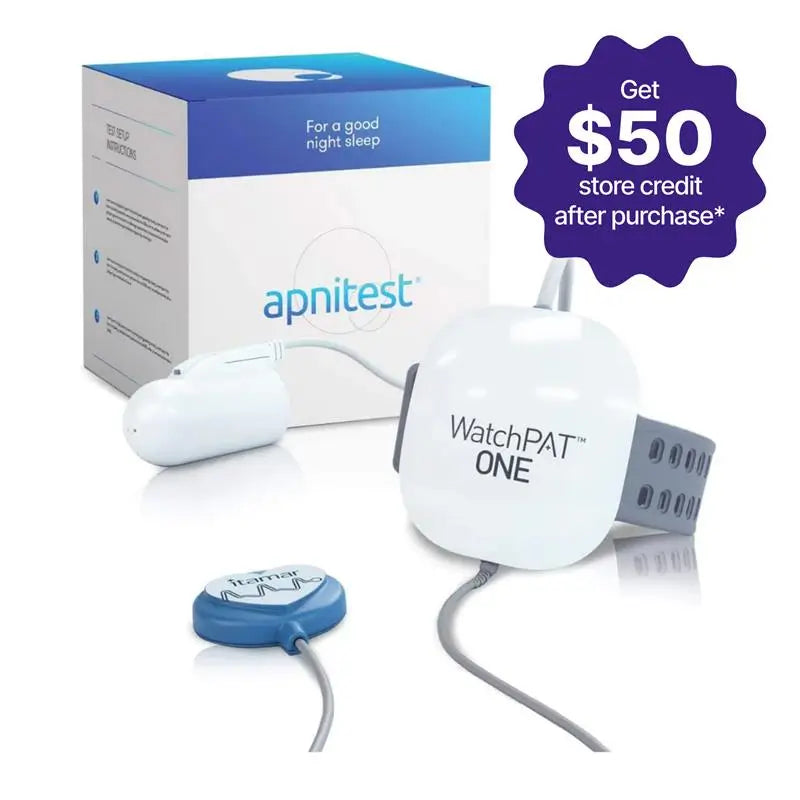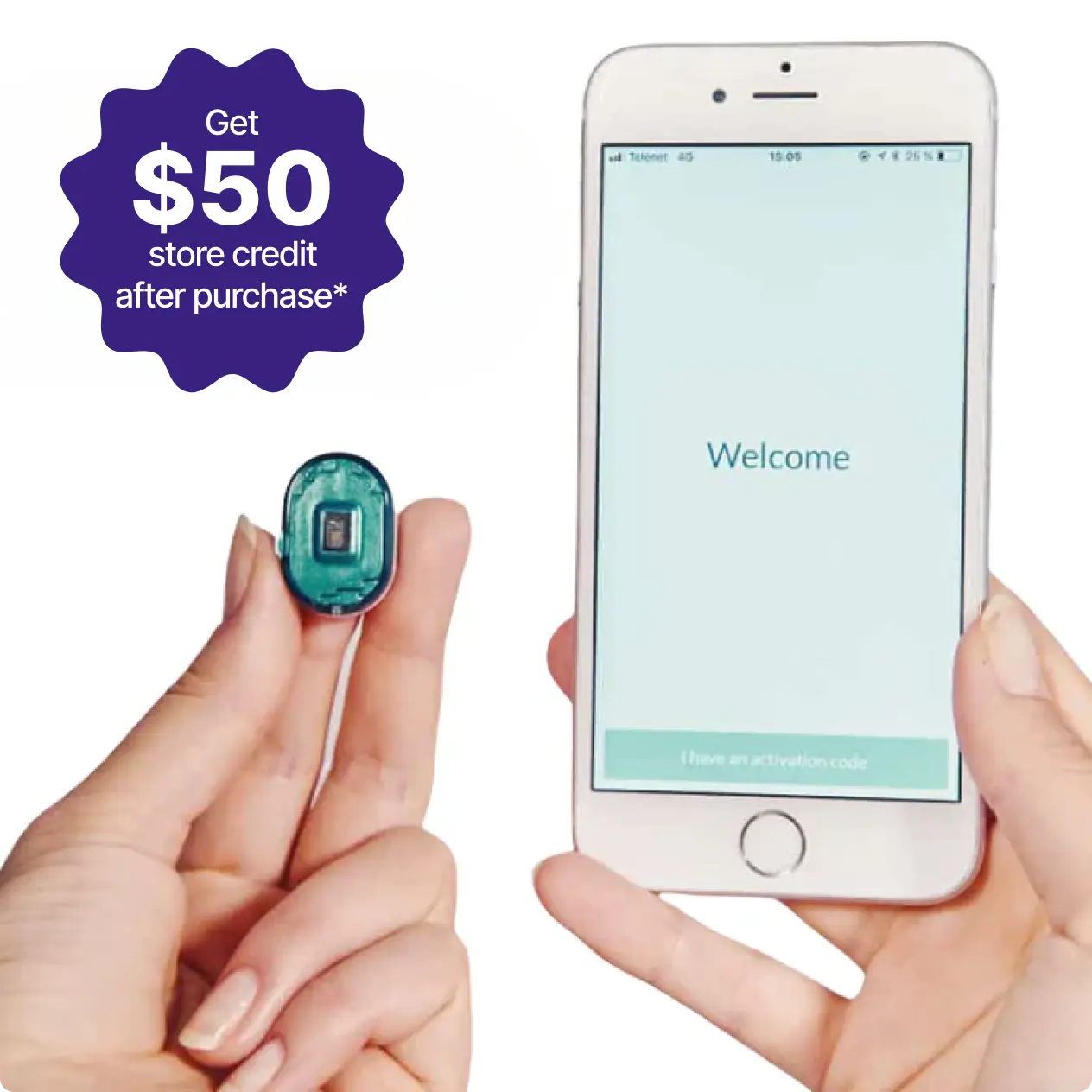Obstructive Sleep Apnea Syndrome (OSA) is one of the most common sleep disorders affecting 20% of the general population. It is even more prevalent in obese patients or those with heart or metabolic conditions like diabetes. Most population studies suggest that about 60% of OSA patients fall into the mild category, yet nearly 80% still go undiagnosed.
It seems you're not the only one living with excessive daytime sleepiness.
The different types of sleep apnea are determined by the Apnea-Hypopnea Index (AHI), a score calculated based on the number of blockages, obstructions, and hypopneas (partial breathing) per hour, during sleep. The Apnea-Hypopnea Index is an important factor that defines the course of your sleep apnea treatment. Basically, the higher the AHI, the more severe the sleep apnea.
What is Mild Sleep Apnea?
According to the AHI index results, a mild sleep apnea diagnosis is more than five but fewer than 15 apnea events per hour. Drops in blood oxygen levels (oxygen desaturation) are also measured during a diagnosis; a normal range is 96 to 97 percent. When it drops below the normal range down to 90 percent, it is generally considered mild.
Mild Sleep Apnea Symptoms
More than just a loud snore and jolting awake at night, sleep apnea is a serious medical condition that can lead to various negative symptoms and decreased life quality. Mild sleep apnea symptoms can include:
- loud snoring
- poor sleep
- fatigue
- anxiety
- mood swings
- decreased concentration
- repeated nighttime awakenings
If left untreated, sleep apnea can increase the risk of health conditions that can be even more challenging to manage with age.
Long-Term Mild Sleep Apnea Complications
- increased risk of cardiovascular disease and high blood pressure
- stroke
- diabetes
- obesity
- depression
- memory problems
- viruses
- sexual dysfunction
[2] Studies have also revealed correlations between the effects of sleep disturbances and life situations, such as reckless driving, poor job performance, low grades in school, and higher susceptibility to common colds and the flu as well as coronavirus.
Mild Sleep Apnea Treatments

When sleep apnea is mild or severe, continuous positive airway pressure (CPAP) is considered the first treatment of choice per medical advice. It is the recommended treatment by the [3] American Academy of Sleep Medicine (AASM), and several studies have demonstrated benefits and enhancements to the quality of life in treating mild sleep apnea with CPAP Therapy. A [4] recent study published in The Lancet, where researchers from eleven sleep centers conducted a randomized controlled trial to investigate the clinical effectiveness of continuous positive airway pressure (CPAP) in patients with mild obstructive sleep apnea, found that 3 months of CPAP improved the quality of life in patients with mild obstructive sleep apnea.
A CPAP device can reduce snoring, breathing disturbances, and drops in oxygen saturation, thus normalizing breathing during sleep with specific air pressure and positively impacting your health.
Aside from managing mild sleep apnea with CPAP treatment, there are lifestyle modifications that can improve and provide effective care for your condition.
Lifestyle Changes to Treat Mild Sleep Apnea
- Maintain a Healthy Weight
Excess weight creates fat deposits in your neck called pharyngeal fat, leading to upper airway blockage during sleep when the airway is already relaxed. Modify your diet, reduce sugar consumption, and incorporate a regular exercise routine to promote weight loss and improve your health and mood.
- Avoid Excessive Alcohol, Smoking, and Use of Sedatives
These substances interfere with sleep quality and contribute to inflammation and fluid retention in the airways as well as increased heart rate.[5] Smokers are three times more likely to have obstructive sleep apnea.
- Create a Comfortable Sleeping Environment
Wellness and comfort go together, like Tacos and Tuesdays. Set the mood in your bedroom for a good night's rest. Use a humidifier for clearer airflow and less congestion. Make sure your room is dark enough, or try a sleep mask, keep a cool room temperature or try a cooling memory foam pillow.
- Adjust Your Sleeping Position
Some sleeping positions can help lower snoring and alleviate certain mild sleep apnea symptoms. Elevating your head while sleeping and sleeping on your side using a pillow that keeps your head slightly raised is usually the best option. Using an oral appliance is another option to open your airways. The oral appliance is designed to position the lower jaw slightly forward in order to open the airway. However, it can be challenging to control our sleep positions while unconscious, thus a good memory foam pillow can give you freedom of movement even while wearing a CPAP Mask.
CPAP For Mild Sleep Apnea

Managing mild sleep apnea is no one-size-fits-all approach, but rather a personalized method that works for you. Your health care provider may refer you for a follow-up with a sleep specialist based on your symptoms, sleep study results, and risk factors and encourage lifestyle modifications and CPAP therapy to improve your condition and quality of life.
CPAP Therapy becomes most successful when the user is comfortable with their equipment. Comfort leads to treatment compliance, and compliance drives results. Luckily, there is a wide range of treatment options your primary care doctor can speak to you about like CPAP machines, CPAP Masks, CPAP Humidifiers, and comfort accessories that you can mix and match to find the combination that works best for you and your lifestyle

















































